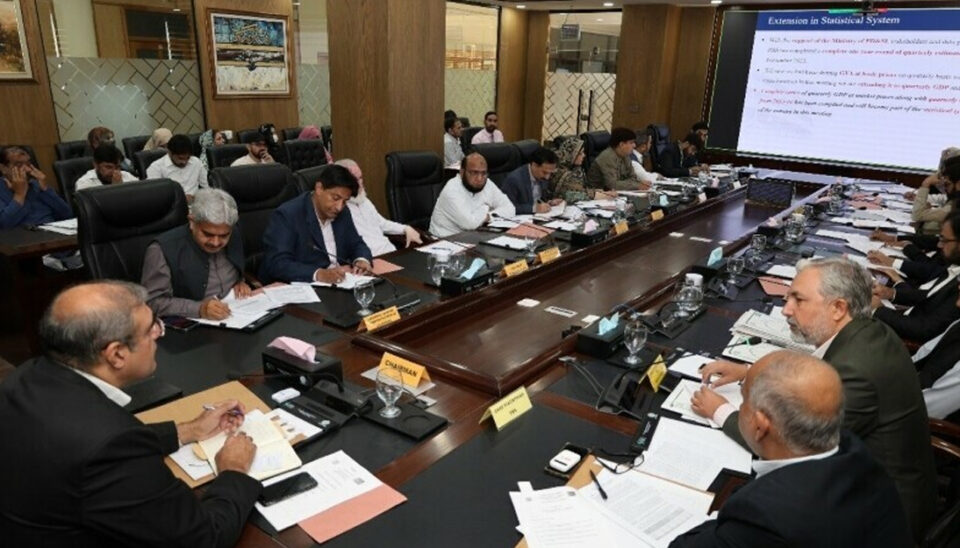ISLAMABAD: Pakistan’s economy grew by 2.52% in the fiscal year 2023-24, falling short of the projected target of 3.5%, according to data released by the Pakistan Bureau of Statistics (PBS). The lower-than-expected growth was mainly due to a downturn in industrial production.
Despite the industrial slowdown, moderate growth was achieved, driven by higher agricultural output and an increase in worker remittances.
The National Accounts Committee (NAC) held its 110th meeting on Monday, where it approved the revised quarterly GDP growth rates for the first three quarters of FY24 and presented new estimates for the fourth quarter. The committee also updated annual growth rates for FY23 and FY24.
The Asian Development Bank (ADB) had also forecast a 2.4% growth rate for FY24 in its outlook, with a projection of 2.8% growth for FY25.
Impact of Industrial Decline
During the NAC meeting, revised quarterly growth rates for Q1, Q2, and Q3 of FY24 were approved, reflecting increases to 2.69%, 1.97%, and 2.36%, respectively, due to changes in annual benchmarks. The GDP grew by 3.07% in Q4 of FY24. The overall annual growth for FY24 was updated to 2.52%, compared to the previous estimate of 2.38%.
Revised sector-wise growth rates showed agriculture growing at 6.36%, industry contracting by 1.15%, and services expanding by 2.15%. The healthy growth in agriculture was mainly driven by a significant increase in key crops, such as wheat, with production rising to 31.583 million tonnes.
Industrial output, however, saw a contraction of 1.15% compared to the earlier estimate of 1.21%. Sectors such as mining and quarrying experienced a decline due to reduced gas and coal production. On a positive note, large-scale manufacturing (LSM) recorded a modest growth of 0.91%, supported by improvements in food production, clothing, and petroleum products.
The electricity, gas, and water supply sector saw a steeper decline of 23.05%, reflecting reduced output from major utility companies like Wapda, K-Electric, and SNGPL. The construction sector also faced challenges, shrinking by 1.47% due to higher public sector construction expenditures.
Services Sector Growth
The services sector showed better performance than previously anticipated, with growth revised upward to 2.15%. Notable improvements were observed in wholesale and retail trade, transport and storage, and information and communication. However, some areas such as banking, insurance, public administration, education, and healthcare showed slower growth compared to earlier projections.
This data highlights the mixed performance of Pakistan’s economy, with strong agricultural gains offset by challenges in industrial production and specific service sectors. The government will likely focus on addressing these areas to boost future growth.

